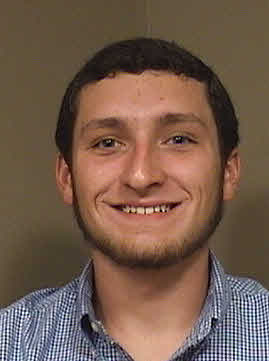Below is a summary of the abstract you submitted. Presenting author(s) is shown in bold.
If any changes need to be made, you can modify the abstract or change the authors.
You can also download a .docx version of this abstract.
If there are any problems, please email Dan at dar78@pitt.edu and he'll take care of them!
This abstract was last modified on May 9, 2016 at 11:59 a.m..

Students at Ouachita Baptist University wrote a voucher grant to the state proteomics core facility for the analysis of bacteriophage Fortunato lysate. Resulting proteomic data was used to corroborate the genomic annotation of Fortunato, a B4 phage that is 70,679 base pairs long and has 94 genes. Proteomic analysis confirmed the class-annotated starts of 39 genes. An additional 15 genes required modifications from our original annotation. These modifications exclusively lengthened genes and caused relatively long overlaps. Interestingly, prior to receiving the proteomics data, the validity of these overlaps had been discussed at length by the class. Our results reinforce the idea that the guiding principles are valuable but not always prescriptive for every gene, and that additional proteomics data can give a more complete idea of the true phage biology. A second class project was to identify repetitive elements in the Fortunato genome. However, Fortunato’s genome is too long to be analyzed as a single sequence by many popular repetitive element programs. To solve this problem, we wrote CS-Beacon, a novel, multi-thread software that allows a user to analyze a genome of any length and search it for sequences of high similarity. The advantage of CS-Beacon is that, since the software was designed to be run locally, its search parameters are fully customizable, giving the user control over the length, frequency, and base pair conservation of potential repetitive elements. A conservative analysis of Fortunato with CS-Beacon shows that it contains two very distinct repetitive elements throughout the genome. Additional insights resulting from the bioinformatic analysis of the Fortunato genome will be presented.


